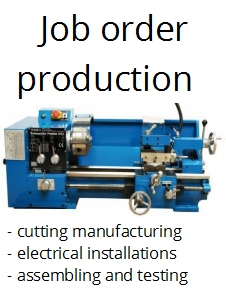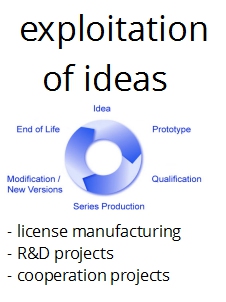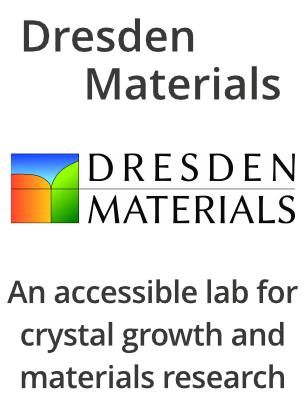Advances in high-pressure laser floating zone growth from California
Gepostet von paul
The group of Stephen Wilson from University of California, Santa Barbara, recently demonstrated floating zone crystal growth at 700 bar gas pressure. In a recent Review of Scientific Instruments publication the authors present a second-generation design of the high-pressure laser floating zone furnace, “Laser Optical Kristallmacher II” (LOKII), featuring two ScIDre pulling drives which were specifically…





